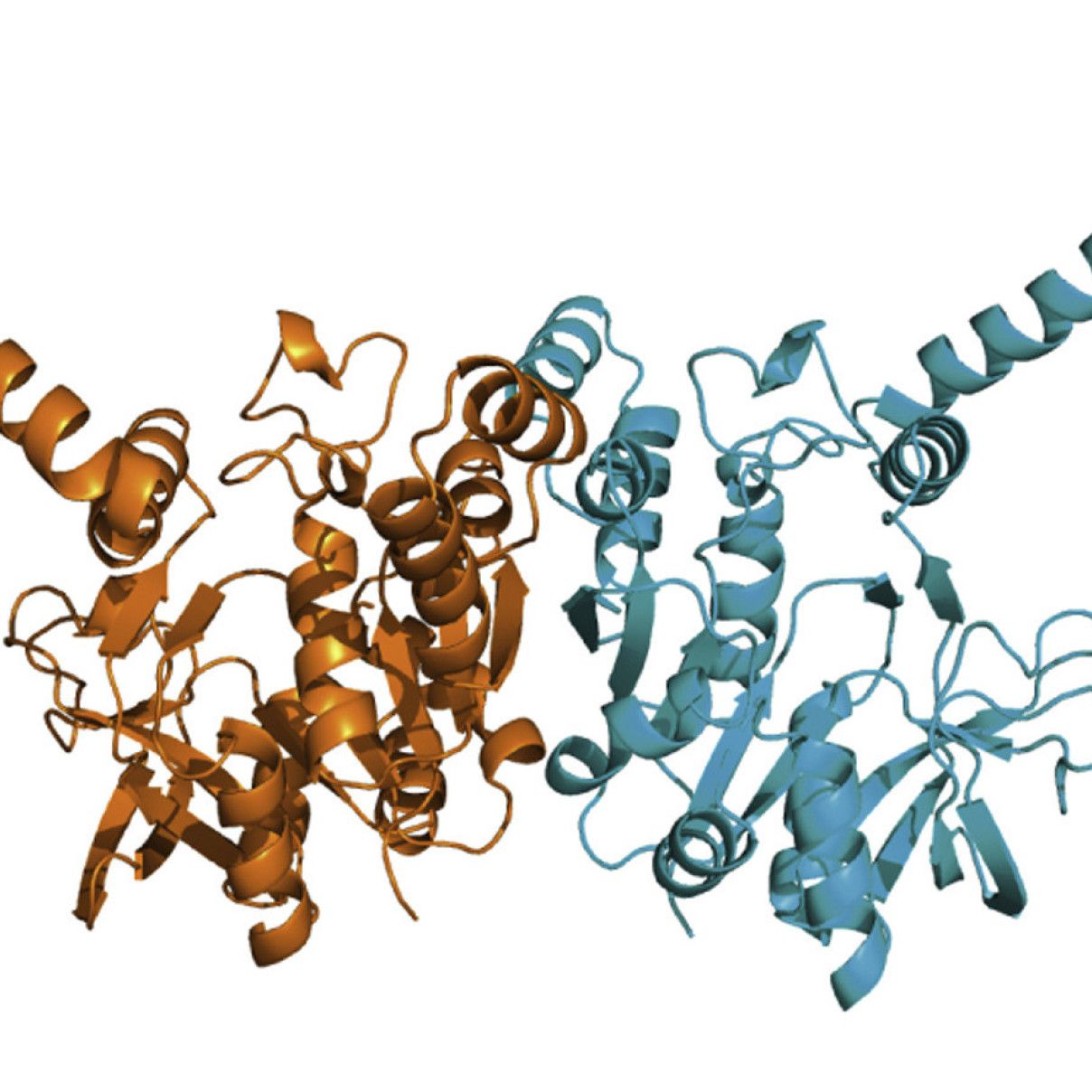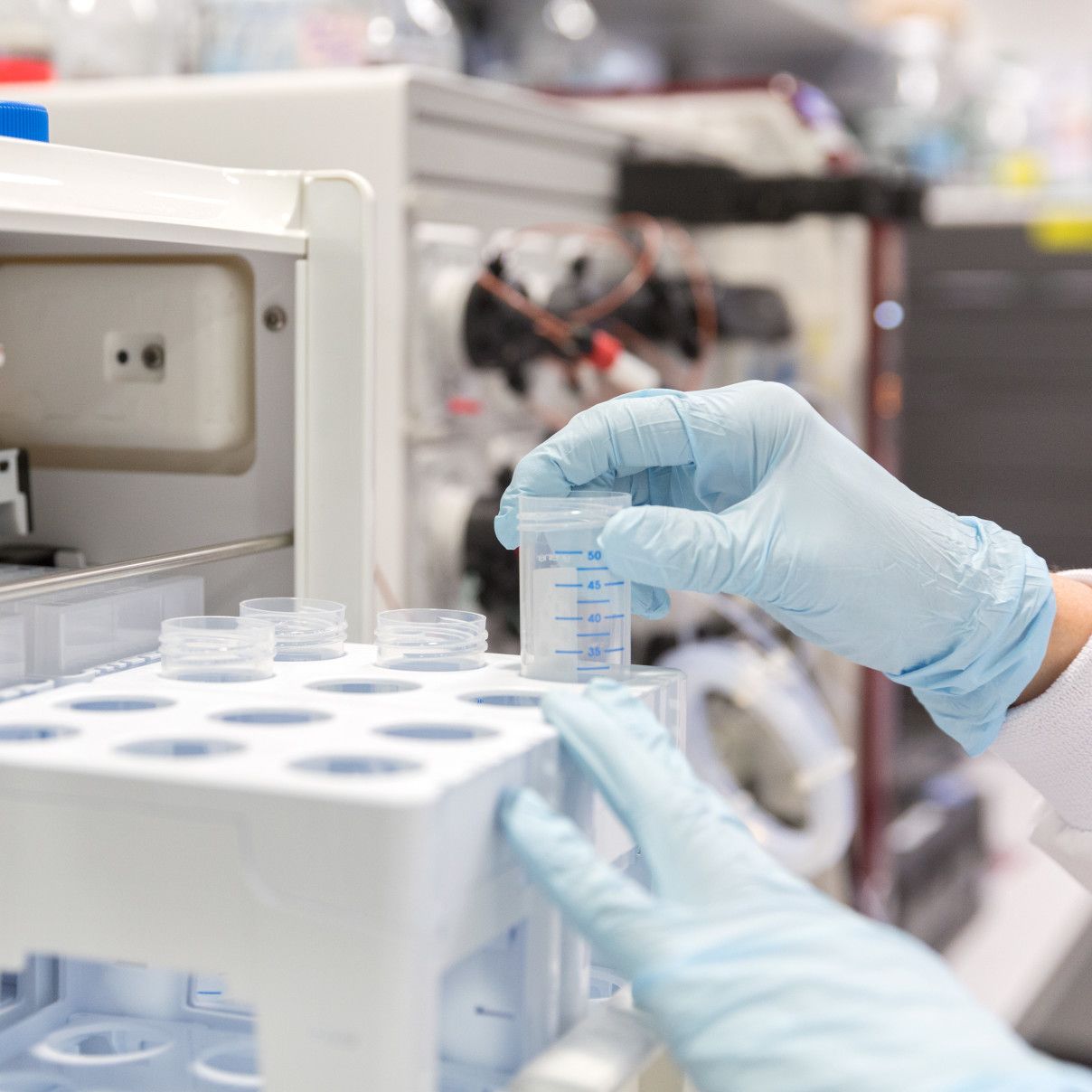Crystallisation Suite
The crystallisation suite is located on the Imperial College South Kensington Campus in the Basement of the Sir Ernst Chain Building in Room 022. The Facility is able to provide all necessary equipment, consumables and expertise to help facilitate crystalisation experiments at a subsidised price for Imperial College Users.
The facility is stocked with a variety of empty and prefilled crystallisation plates and consumables to prepare purified protein solutions for crystallisation experiments. The available equipment includes Mosquito, Dragonfly, and Tecan liquid handlers to quickly prepare 96 well plates for protein crystallisaiton.
If you've never used the facility before and want access, please read the Getting Started section for more information or contact the Facility Manager Dr Sam Horrell.
Crystallisation screens
The CSB crystallisation facility provides 21 comercially available screens pre-dispensed into 96-well MRC plates. The screens are stored at 6°C and can be ordered through PPMS ready for use the next day. More details on the available crystallisation screens in the facility can be found on the Crystallisation Screens page.
Crystallisation robot
Crystallisation experiments are performed using a Mosquito-LCP nano-litre high-throughput robot manufactured by TTP Labtech that was funded through an MRC grant to establish the Centre for Molecular Bacteriology and Infection in 2012.
Setting up 96 well plates is quick and easy with the Mosquito, taking ~5 minutes per plate. Premade programs are provided for a variety of crystallistion experiments, including varying protein and precipitant ratios, using multiple proteins/concentrations in a single tray, micro seeding, small molecule co-crystallisation and more. Premade programs can be edited to your specific needs and saved for later.
A standard 1 drop protocol for a 96-well plate using 100 nl of protein per drop requires just under 10 ul of pure protein. Unless published conditions suggest otherwise a protein concetration of 10 mg/ml is usally a good starting point.
Plate storage
Three temperature-controlled vibration free crystallisation incubators at 20, 16, and 4 degrees are provided to house your crystallisation experiments. Space is allocated to individual groups on a per-shelf basis. Please do not move other groups' plates or use their space. If you require more space, please contact the facility manager who will be able to advise you where to put your plates. Plates will be discarded after 6 months as our incubators aren't bigger on the inside.
Crystal observation
The Facility has 2 Leica microscopes for viewing your plates. One microscope has a CCD camera linked to a PC, which allows you to take pictures as well as live-view the plates on the PC screen. The facility also has a UV microscope which can be used to test for fluorescence from your crystals to confirm the presence of protein.
Optimisation of initial hits
After identifying an initial hit you can use the Drafonglfy Liquid Handling robot to set up a custom screen around your condition. A typical strategy is to set up a horizontal gradient of increasing precipitant concentration and a vertical gradient of increasing pH across your buffering limits.
Other options for optimisation include altering protein concentration, seeding, additon of co-factors/additive screens, increasing or decreasing temperatre, Protein:Precipitant ratios, drop size, and more. The facility manager is happy to discuss optimisation strategies based on your previous plates.
Seeding
Seeding refers to the use of crystal fragments to promote crystallisation. By using fragments of existing crystals we can uncouple nucleation and crystal growth, two processes that take place in different areas of the phase diagram. Crystal fragments provide nucleation cores which unlock the metastable zone of the phase diagram to allow growth of larger single crystals in lower levels of saturation.
Microseeding is the method of choice for the facility. To do this we harvest several drops of small/sub par crystals and crush them with glass beads and a vortex to make a concentrated stock of fragements. Fragments are then serially diluted in crystallisation buffer (10, 100, 1000, etc times diluted) for use with the Mosquito.

